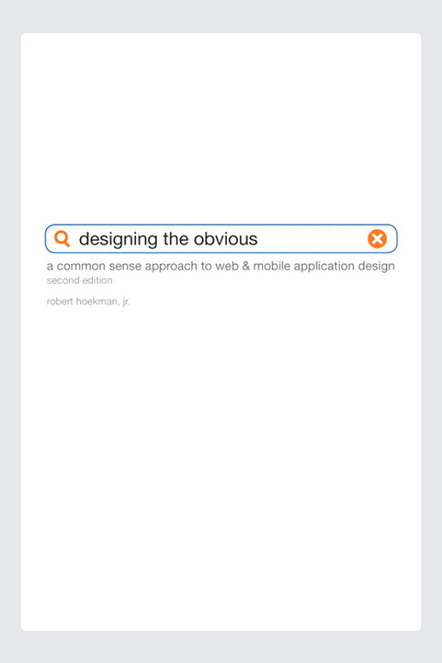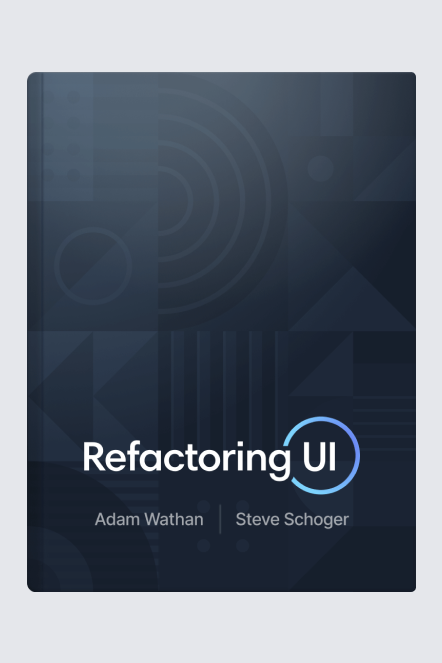Book Recommendations: UI/UX Design for Developers
As a software engineer, my passion has always been to enhance my knowledge of UI and UX design. Being a web developer, I consider these design aspects as essential to my work and career growth. Throughout my journey, I’ve come across numerous books on the topic, but two of them have made a profound impact on my understanding and approach to UI and UX design.
“Designing the Obvious: A Common Sense Approach to Web Application Design” by Robert Hoekman.

This book was gifted to my graduating class by one of our college professors. It is a practical guide to web application design that emphasises the importance of simplicity and clarity (building only what is necessary). Hoekman provides concrete examples and advice on how to create intuitive interfaces that users will love.
One of the key takeaways from “Designing the Obvious” is the importance of clear and intuitive navigation. Hoekman stresses the need for a consistent navigation system throughout the application, with easy-to-understand labels and logical groupings. He also highlights the importance of providing feedback to users so they know where they are in the application and what actions are available to them. Another important lesson is the need to keep forms as short and simple as possible while still finding balance to gather all necessary information. Hoekman provides guidance on how to design form elements such as labels, input fields, and error messages. Finally, Hoekman emphasises the importance of visual design in creating a good user experience with advice on how to use color, typography, and layout to create a visually appealing interface that is easy to use.
“Refactoring UI: A Guide to Improving the Visual Design of Your Web Application” by Adam Wathan.

This book is focused on improving the visual design of web applications, and it provides practical advice and examples on how to make user interfaces more beautiful and intuitive. The book was particularly helpful in my understanding of design systems, which are an integral aspect of refining UI. It emphasized the benefits of having a structured design approach, not only in terms of creating organized and visually appealing designs, but also in terms of maintaining a consistent and easily maintainable frontend experience.
“Refactoring UI” begins by highlighting common design problems that web developers encounter when designing user interfaces. These problems include cluttered interfaces, inconsistent typography, and poor color choices. By identifying these problems, the book helps developers to avoid them and create more visually appealing interfaces. The book also covers design principles that developers can use to create better user interfaces, such as using visual hierarchy, creating clear and concise copy, and using appropriate colors and typography. Additionally, the book covers common design patterns that developers can use to solve specific problems, such as consistent spacing, form layouts, and card layouts.
In conclusion, “Designing the Obvious” and “Refactoring UI” are two books that have significantly impacted my perspective on UI and UX design as a software developer. The guidance and insights provided by Robert Hoekman and Adam Wathan have helped me create more intuitive, visually appealing, and engaging web applications. I highly recommend these books to any developer looking to improve their understanding of design to create better user experiences.